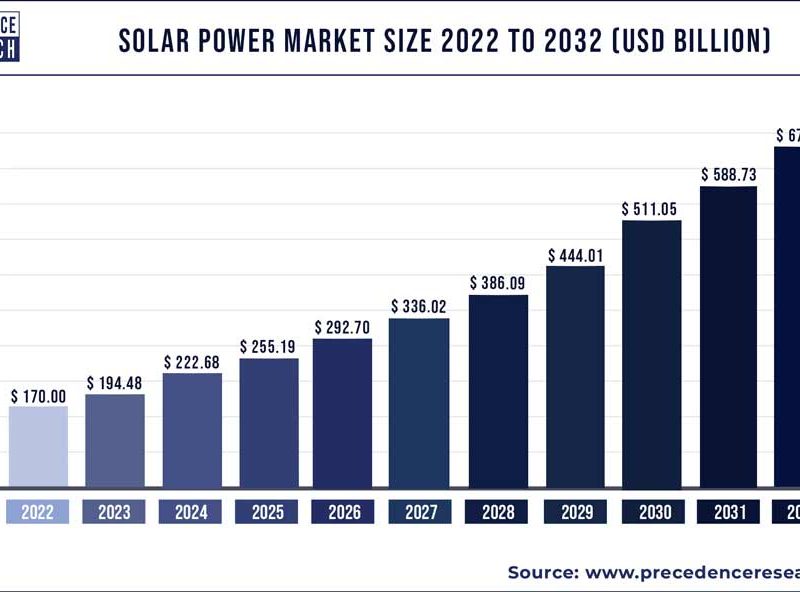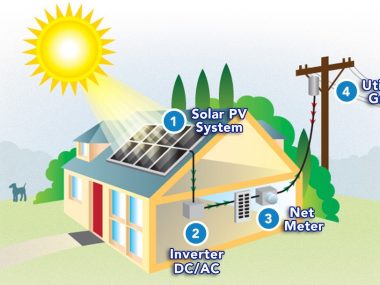- The worldwide uptake of solar energy is undergoing a dynamic transformation fueled by diverse trends. At present, numerous pivotal developments are molding the path of solar energy adoption on a global scale. Ranging from cost minimization and technological advancements to heightened capacity and corporate engagement, these trends are impacting the acceptance of solar power across various geographical areas and industries. This overview examines the present trends in global solar energy adoption, emphasizing the key factors propelling its expansion and assimilation into the energy sector.
Global Solar Market
Transitioning to a renewable-based economy holds transformative potential for fostering a more secure, cost-effective, and sustainable energy future. The development of renewable energy lies at the heart of this energy transition. Projections suggest that renewables will increasingly constitute the primary energy source, with an anticipated share of 50% in the power mix by 2030 and a staggering 85% by 2050 (IRENA, 2022). In 2022, the global expansion of renewable installed capacity surged, reaching 295 GW. This growth was predominantly driven by the proliferation of newly installed PV systems, a general uptick in electricity demand, governmental incentives, and heightened awareness regarding the imperative to transition towards cleaner energy sources.
The solar sector, in particular, has witnessed remarkable momentum in recent years, emerging as a dominant force within the renewable energy landscape. The solar PV market continued its unprecedented growth trajectory, with new capacity installations reaching approximately 191 GW in 2021. The following graph illustrates the cumulative global solar PV capacity over the past decade. Noteworthy contributions to global solar PV capacity have been made by countries such as China, the United States, Japan, India, and Germany.










